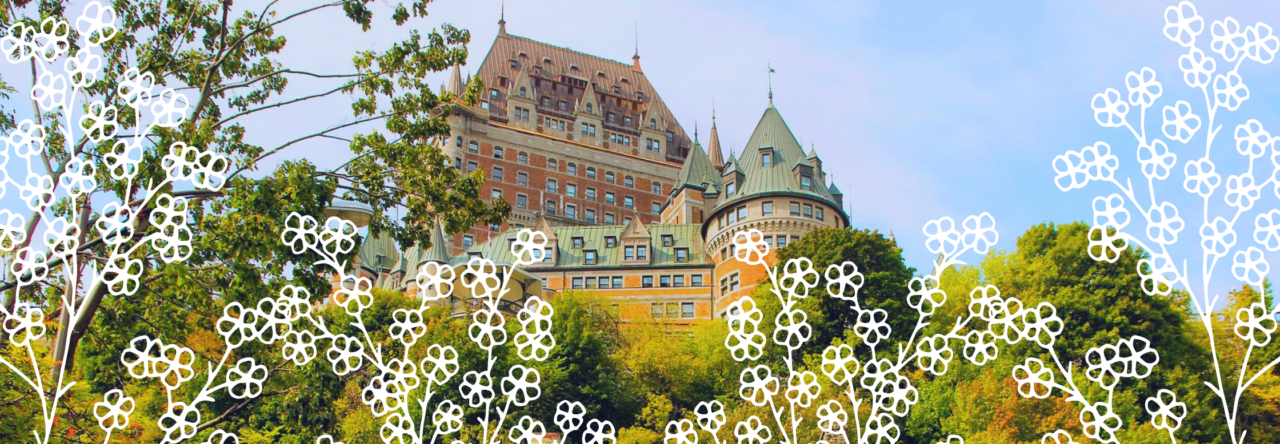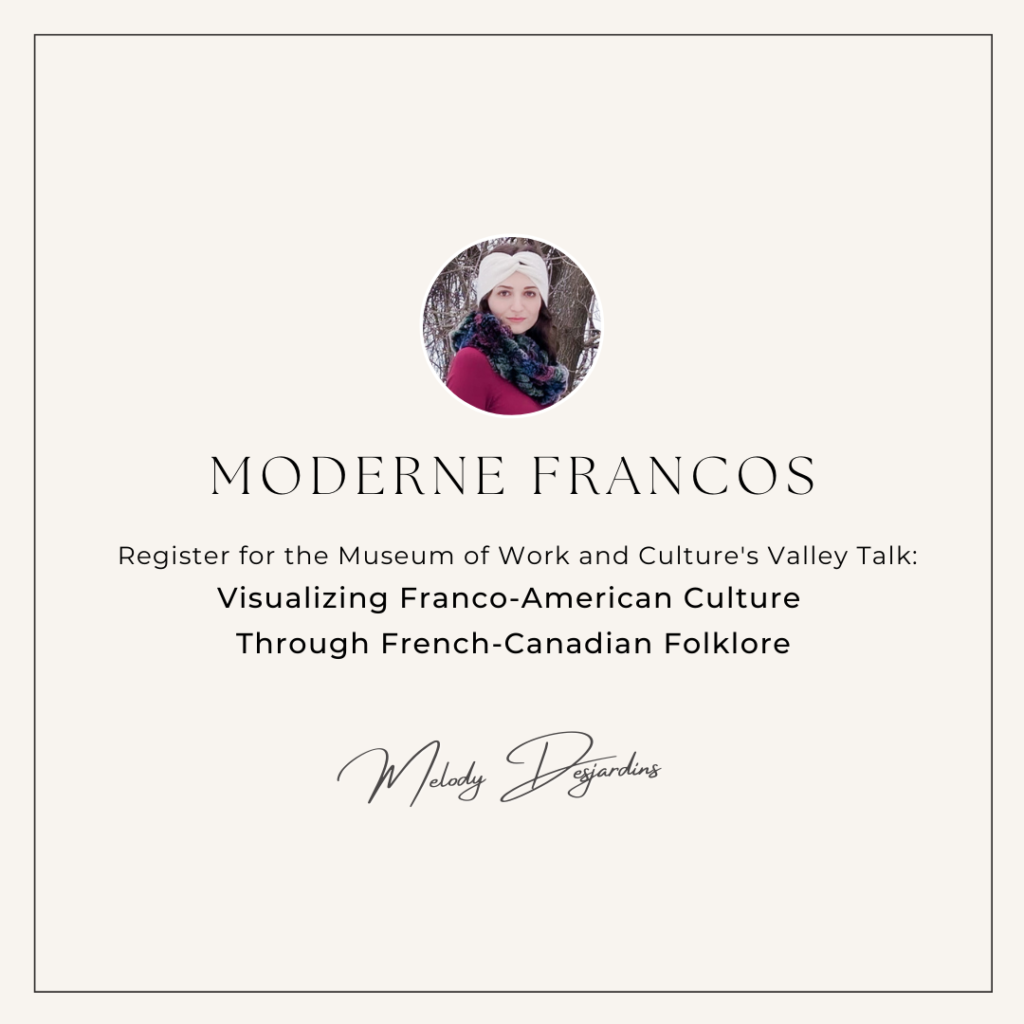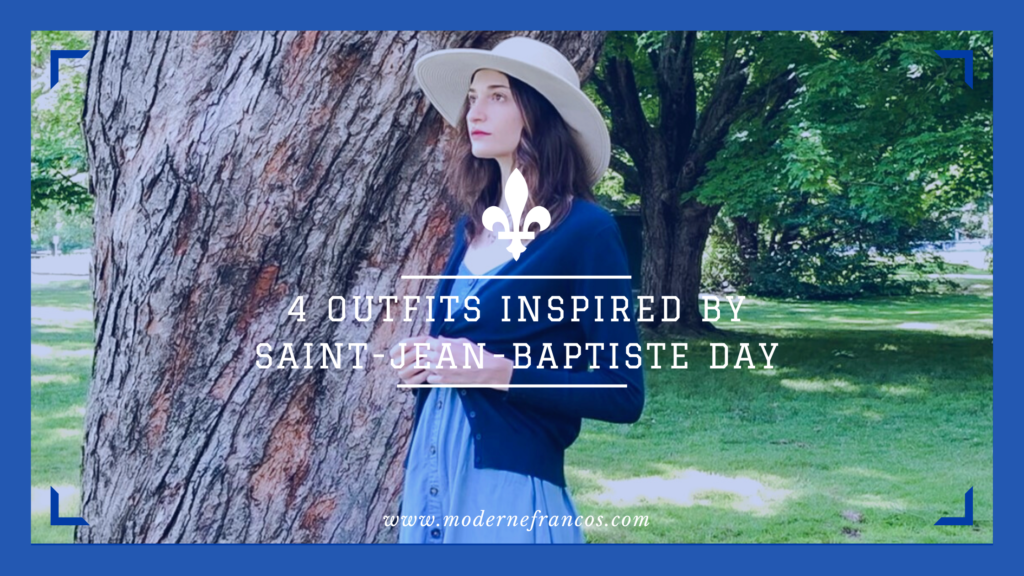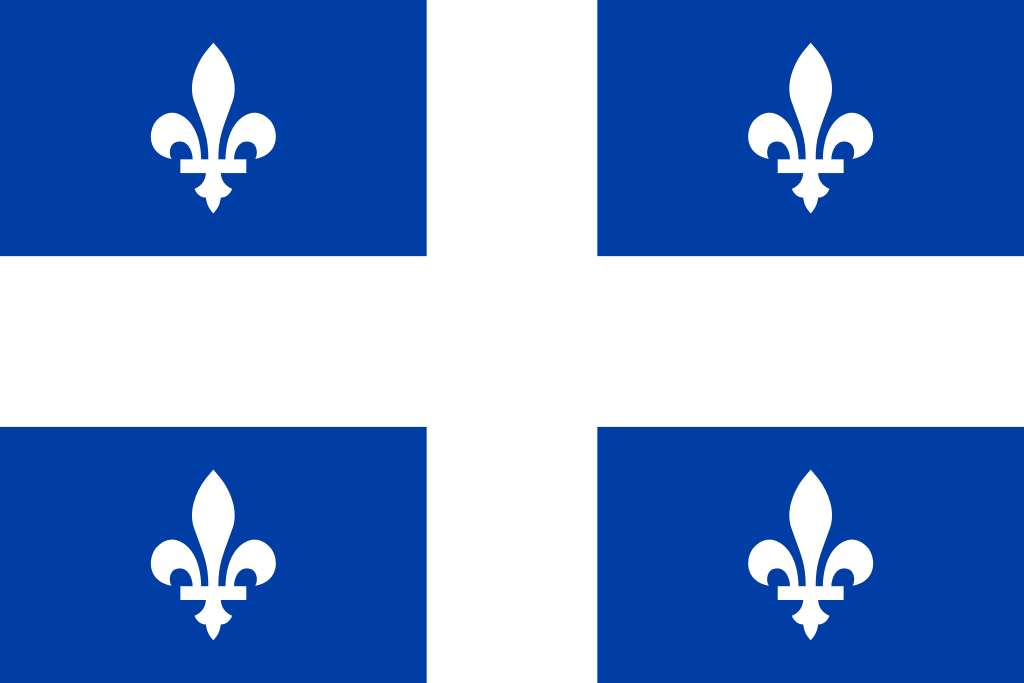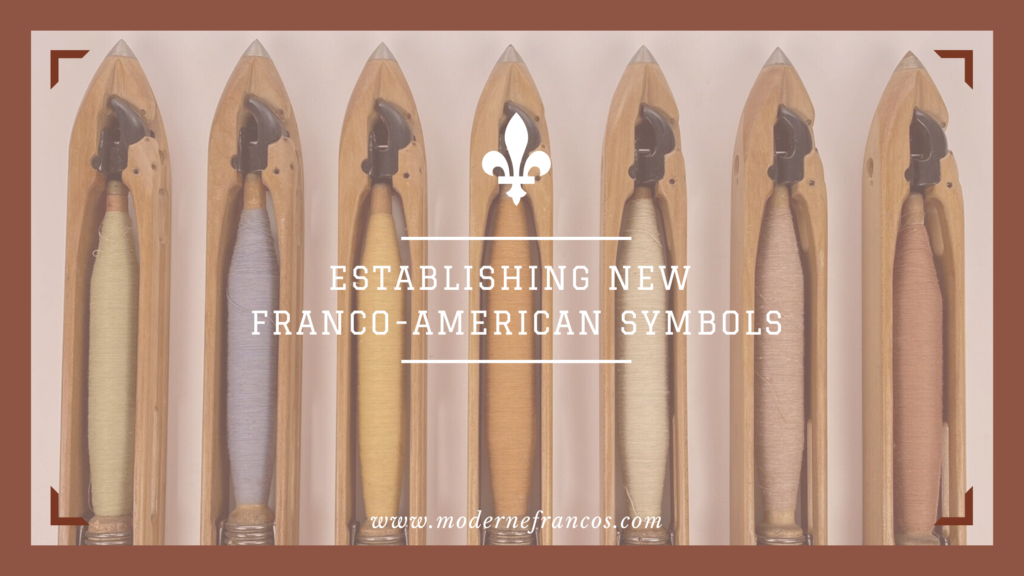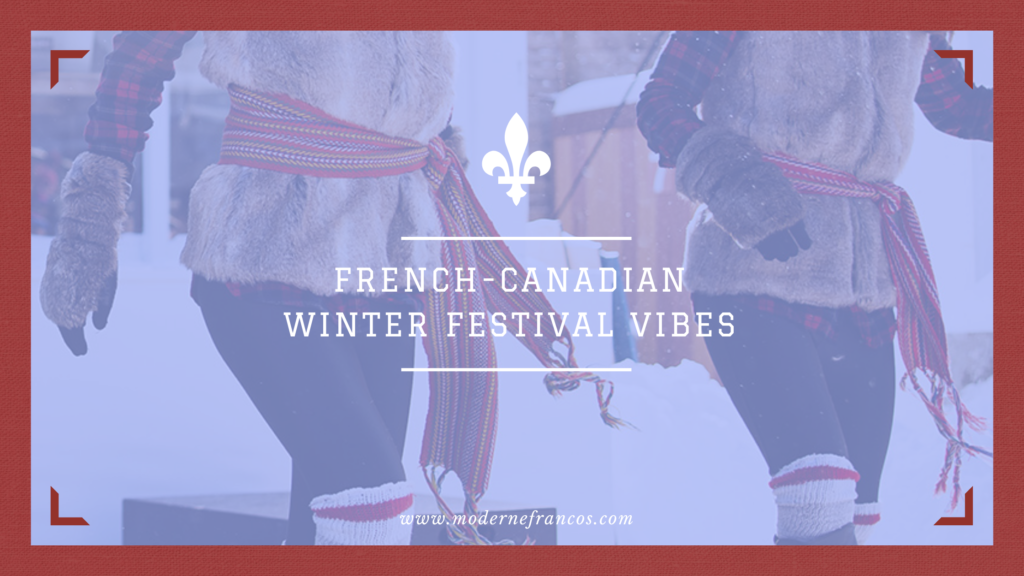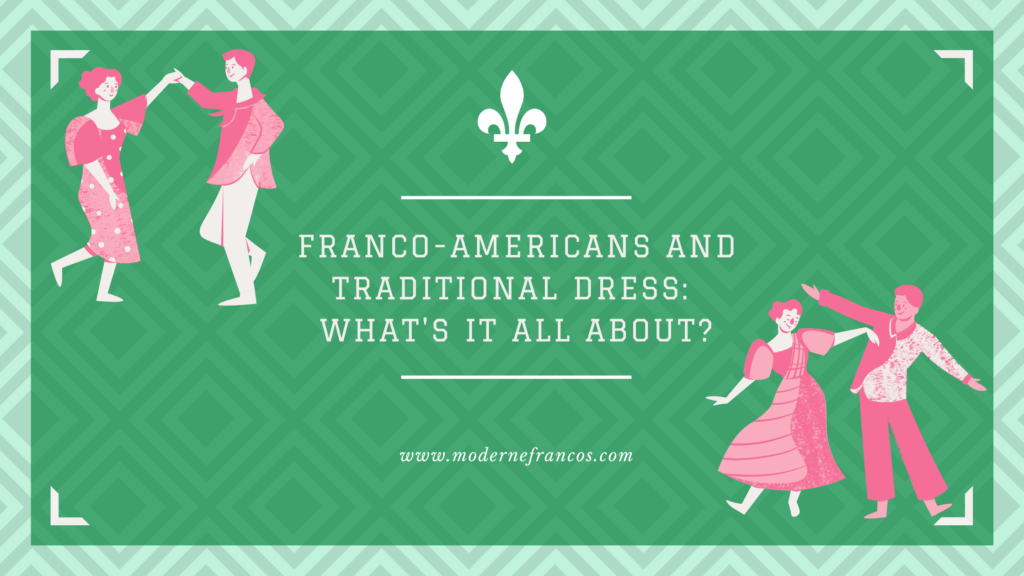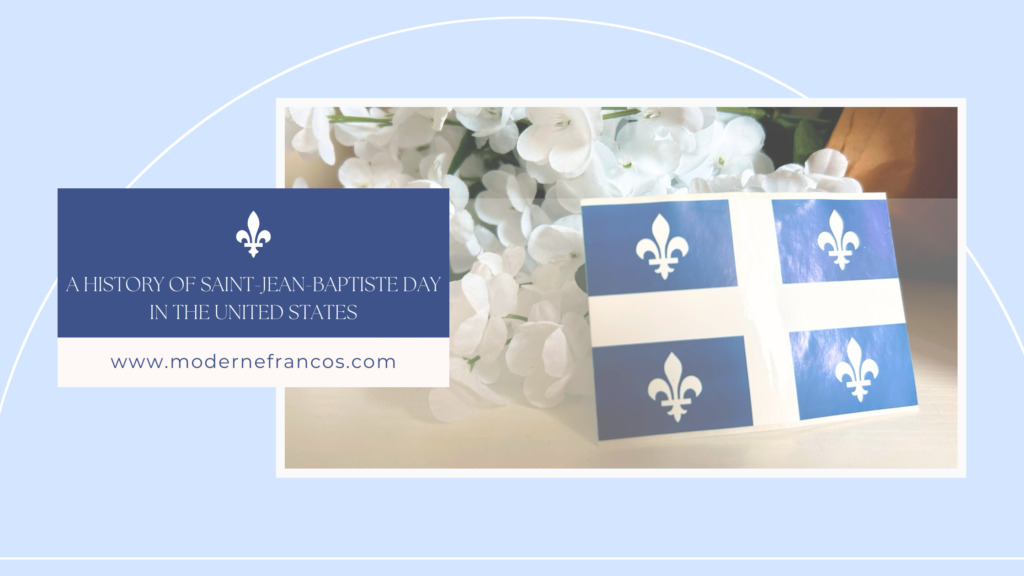
What is Saint-Jean-Baptiste Day?
Saint-Jean-Baptiste Day is a national holiday that began in the province of Québec celebrated by French-Canadians, Québécois, and Franco-Americans. Celebrated on June 24th, this holiday honors the traditional feast day of St. John the Baptist. However, the religious background of Saint-Jean-Baptiste Day has become less prevalent in favor of a more secular approach.
What we know as Saint-Jean-Baptiste Day today comes more from French-Canadian businessman Ludger Duvernay. In 1834, Duvernay attended a Saint Patrick’s Day celebration in Montréal and became inspired by the display of cultural pride. So, he got the idea of French-Canadians having a similar holiday, and shortly after, Duvernay formed the Saint Jean-Baptiste Society. The first official Saint-Jean-Baptiste Day was celebrated on June 24, 1834.
Also called “La St-Jean” and “Fête nationale du Québec,” the holiday is mainly known today as a celebration of Québec Francophone culture. Think of how we celebrate the Fourth of July in the U.S. with parades, family get-togethers, barbeques, picnics, bonfires, and fireworks; that’s how our Northern cousins kick off Fête nationale!
